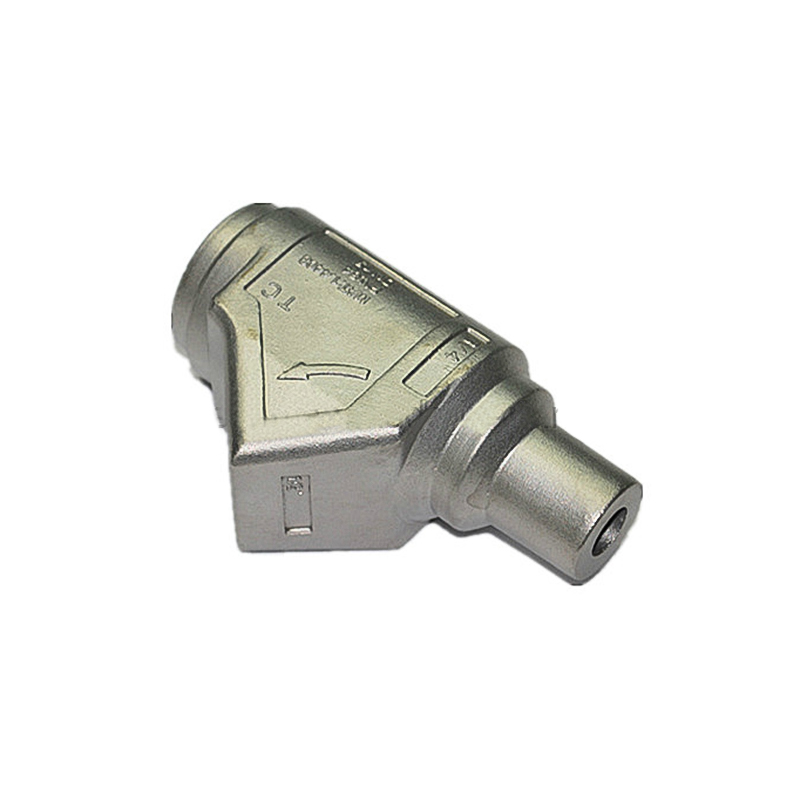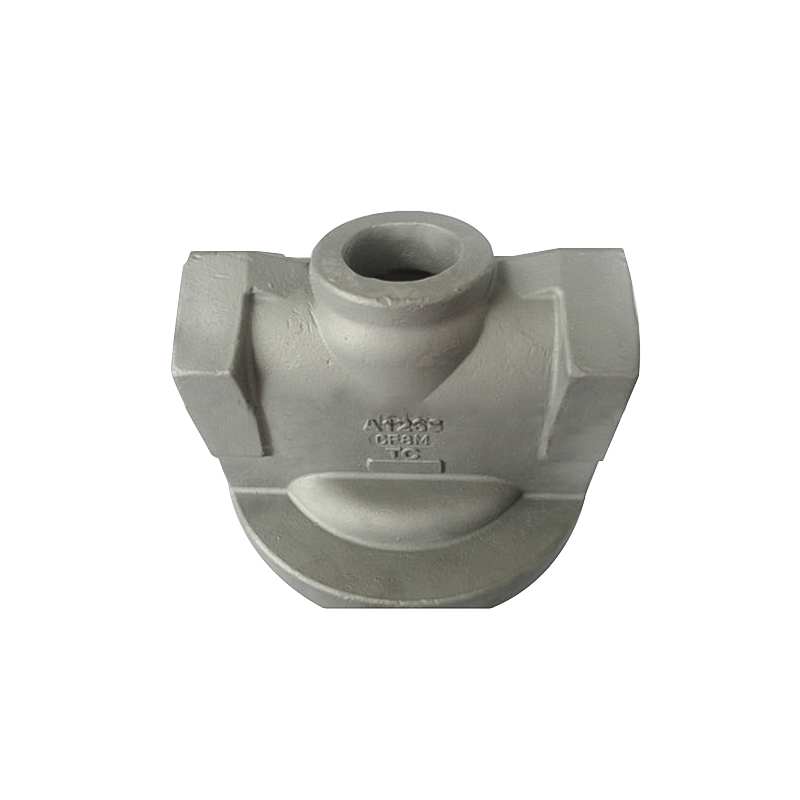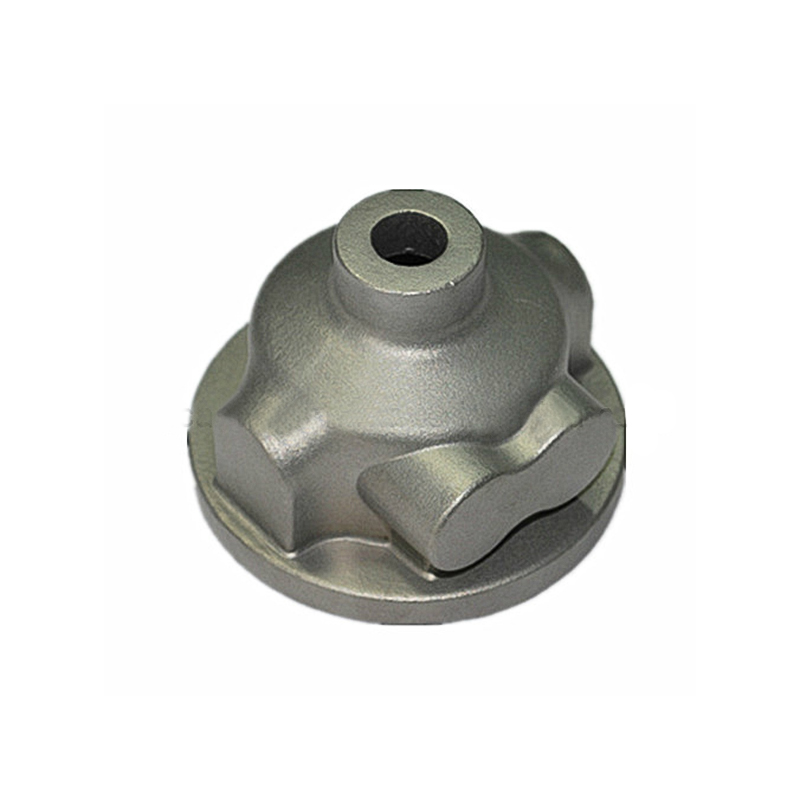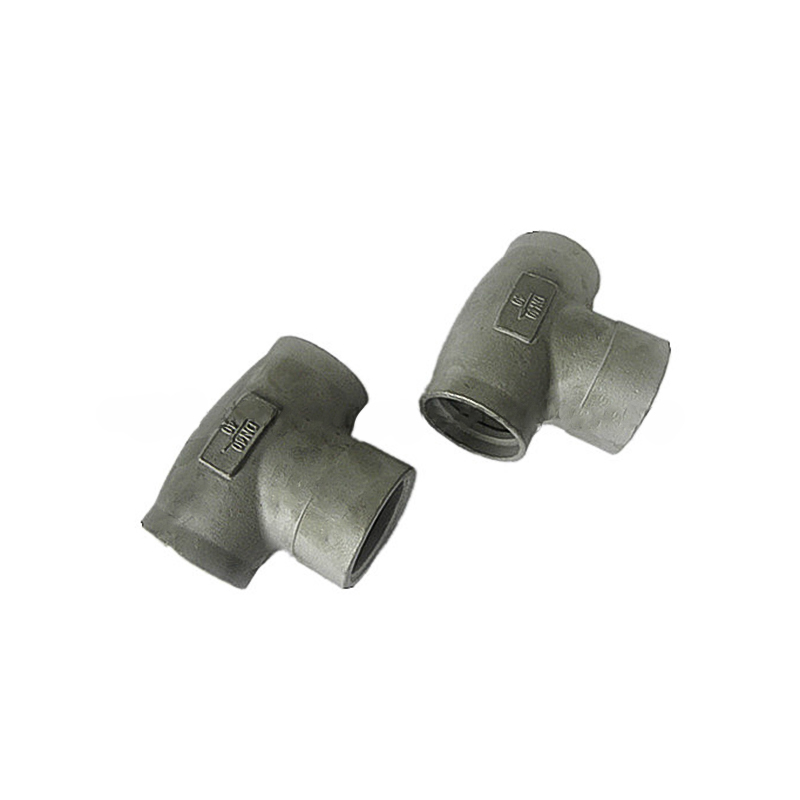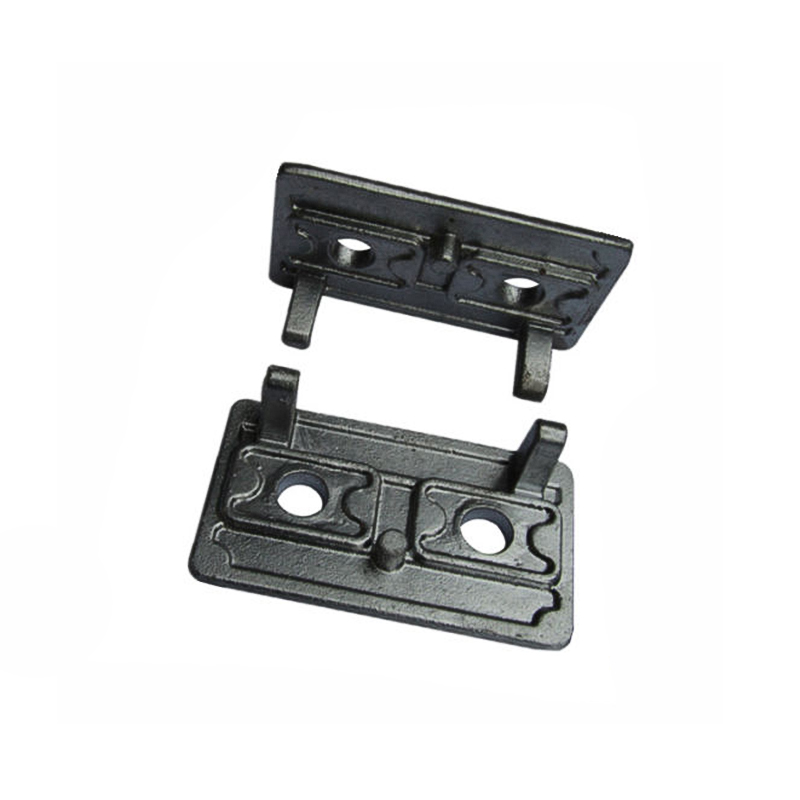Engineering Machinery Parts and Their Role in Reducing Environmental Impact
In the construction, mining, and manufacturing industries, engineering machinery plays a central role in ensuring productivity and operational efficiency. However, as these industries continue to evolve, there is increasing pressure to minimize their environmental footprint. One significant way to achieve this is through the use of advanced engineering machinery parts, which are specifically designed to reduce the environmental impact of heavy machinery.
From energy-efficient components to sustainable materials and eco-friendly designs, engineering machinery parts are at the forefront of helping industries lower their carbon emissions, reduce waste, and conserve resources.
The Environmental Challenges of Heavy Machinery
Heavy machinery such as excavators, bulldozers, cranes, and mining trucks are critical for the construction, mining, and agricultural sectors. However, these machines are often associated with environmental challenges, including:
- High Fuel Consumption: Many engineering machines rely on diesel or other fossil fuels, which can result in significant carbon emissions.
- Air and Noise Pollution: Machines running on internal combustion engines often produce high levels of exhaust emissions, contributing to air pollution. Additionally, the noise generated by these machines can disrupt local ecosystems.
- Excessive Wear and Tear: Poorly designed or outdated machinery parts may contribute to faster wear and tear, leading to increased maintenance needs and a shorter lifespan for machines.
- Resource Depletion: The production of engineering machinery parts can deplete natural resources, especially when metals and materials are mined or extracted unsustainably.
As industries come under greater scrutiny to reduce their environmental impact, the demand for green engineering solutions has never been greater. Fortunately, the development of more sustainable engineering machinery parts is helping address these challenges.
How Engineering Machinery Parts Are Reducing Environmental Impact
The following are some of the key ways in which engineering machinery parts contribute to sustainability in the industry:
Energy-Efficient Components
One of the most significant advancements in reducing the environmental impact of engineering machinery is the development of energy-efficient parts. This includes high-efficiency engines, electric motors, and hybrid powertrains, which help machinery use less fuel and emit fewer pollutants.
- Electric and Hybrid Engines: Traditional diesel-powered machinery often consumes vast amounts of fuel. In contrast, electric-powered or hybrid machinery uses less energy and produces fewer emissions. Electric construction machinery, such as electric excavators and loaders, are becoming increasingly common, especially for indoor or urban construction projects where air quality is a concern.
- Fuel-efficient Engines: Engineering machinery manufacturers have made significant strides in designing engines that consume less fuel while delivering the same or even better performance. Turbocharging, variable valve timing, and advanced fuel injection systems allow modern engines to operate more efficiently, leading to reduced fuel consumption and fewer emissions.
- Regenerative Systems: Certain machinery parts, such as hydraulic systems, now incorporate regenerative technology that captures and reuses energy. For example, regenerative braking systems on machines like cranes and trucks can store energy that would otherwise be lost as heat and feed it back into the system, reducing energy waste and improving fuel efficiency.
Sustainable Materials in Machinery Parts
The materials used in the manufacturing of engineering machinery parts have a direct impact on the environment. More sustainable materials are now being used in the construction of machinery components to reduce their ecological footprint.
- Recycled Metals: The use of recycled steel, aluminum, and copper in engineering machinery parts reduces the need for virgin raw materials, conserving natural resources and reducing energy consumption associated with mining and processing these metals.
- Lightweight Composites: The adoption of lightweight carbon fiber composites and other advanced materials in construction machinery parts reduces the overall weight of machines, improving fuel efficiency and reducing emissions. Lighter machines require less energy to operate and cause less wear on roads and other surfaces, further reducing their environmental impact.
- Eco-friendly Lubricants and Fluids: The use of biodegradable lubricants and fluids in machinery parts helps reduce the environmental harm caused by oil spills and leaks. Environmentally friendly lubricants are formulated to degrade quickly, reducing contamination of soil and water.
Improved Durability and Longer Lifespan
Sustainable engineering machinery parts are designed with durability and longevity in mind. Components that last longer require less frequent replacements, reducing the demand for raw materials and the energy consumed in manufacturing and transporting replacement parts. The benefits of improved durability include:
- Reduced Waste: Longer-lasting parts help reduce the frequency of repairs and replacements, leading to less waste. Fewer parts end up in landfills, and fewer resources are consumed in the production of new components.
- Lower Carbon Footprint: Durable parts contribute to the overall reduction in carbon emissions by decreasing the frequency of transportation and the need for new manufacturing processes. Longer machine lifespans also reduce the carbon footprint associated with the disposal of old equipment.
- Less Maintenance: High-quality, durable machinery parts are less likely to fail, meaning that heavy machinery operates at optimal efficiency for longer periods, reducing downtime and the need for energy-intensive repairs.
Smarter Machine Design
The design of engineering machinery itself is undergoing a transformation as manufacturers focus on eco-friendly designs. Many modern machines are now being engineered with sustainability in mind, incorporating design elements that contribute to lower environmental impact.
- Modular Design: Modular systems allow for easier upgrades and repairs without needing to replace entire machines. This reduces waste and allows machinery to be updated with the latest energy-efficient components.
- Advanced Monitoring and Control Systems: IoT (Internet of Things) technology and machine learning are now integrated into machinery design, providing real-time monitoring of machine performance. These systems allow operators to track fuel consumption, emissions, and overall efficiency, providing data that can help reduce energy usage and optimize performance. For example, smart sensors can alert operators when a machine is running inefficiently, allowing them to make adjustments before excessive fuel consumption or wear occurs.
Emissions Control and Pollution Reduction
To address the issue of air and noise pollution, engineering machinery manufacturers are introducing advanced technologies that limit the harmful emissions produced by heavy equipment.
- Emission Reduction Systems: Diesel particulate filters (DPF) and selective catalytic reduction (SCR) systems are increasingly being integrated into engineering machinery to reduce exhaust emissions. These systems help filter harmful particles and convert pollutants into less harmful substances before they are released into the air.
- Noise Reduction Technology: High noise levels are a common issue in construction and mining operations. New designs in machinery parts, such as quieter hydraulic systems and soundproof enclosures, help minimize noise pollution, protecting workers and reducing the impact on nearby communities and wildlife.
Case Studies of Sustainable Engineering Machinery Parts
- Electric Excavators: Companies like Volvo and Caterpillar have introduced electric excavators and loaders that run on batteries rather than diesel. These machines produce zero emissions during operation, making them ideal for urban construction sites or sensitive environments like residential areas.
- Hybrid Cranes: The use of hybrid technology in cranes has gained traction in construction and offshore oil drilling. These cranes combine diesel engines with electric power systems to reduce fuel consumption and emissions.
- Fuel-Efficient Hauling Trucks: Mining trucks equipped with advanced fuel-efficient engines and regenerative braking systems have helped reduce fuel consumption by up to 30%. These trucks are now using hybrid and electric powertrains, making them a more sustainable option in mining operations.



 English
English Deutsch
Deutsch 简体中文
简体中文

